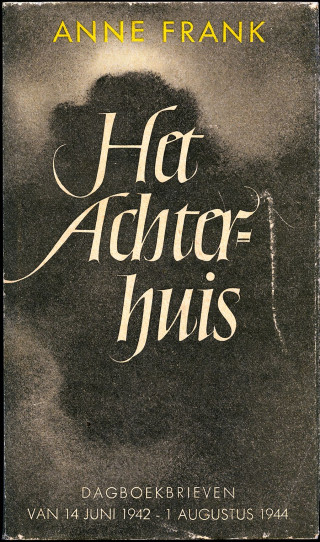As with any historical atrocity, narratives about the Holocaust, its meaning, and its relevance are not handed down from on high; they are actively constructed. What we talk about when we talk about the Holocaust—or the Shoah, the Hebrew word for catastrophe or utter destruction, as the event is often referred to in countries such as Israel and France—differs wildly from nation to nation, and indeed the story that Americans now tell about one of history’s greatest crimes diverges significantly from the stories told in Israel, the former Soviet bloc, and Western Europe.
“There is no such thing as collective memory,” Susan Sontag observed in “Regarding the Pain of Others.” Rather, she argued, “what is called collective memory is not a remembering but a stipulating: that this is important, and this is the story about how it happened.” A missed opportunity of “The U.S. and the Holocaust” is examining the emergence of an extremely American stipulation. How, exactly, the Holocaust went from a nameless catastrophe that, as the film amply demonstrates, did not initially appear to sway the hearts of all that many Americans, into a trauma commemorated in a major museum just off the National Mall—years before America’s own historical crimes, such as the enslavement of African Americans, were ever similarly addressed—is an important story that would have greatly enriched this film.
In fact, the film coincides with an ongoing exhibition at the United States Holocaust Memorial Museum, “Americans and the Holocaust,” and was developed with the assistance of the museum’s historians (many of whom appear in it) and rich archives. But the museum itself, established by an act of Congress in 1980 and officially opened in April, 1993, in the midst of the Bosnian war and the Rwandan genocide, is an impressive institution whose story belongs in any broad look at American responses to the Holocaust. Thirty-five years after the end of the war, the museum was—and remains—the U.S. government’s official response. I can think of no better example of what has become of the American response to the Holocaust than the museum’s own dedication ceremony. Wiesel—also largely absent from this film, although few people were as influential in shaping a durable Holocaust memory in the United States—turned to President Bill Clinton as they were both sitting in the rain outside the new museum. “And, Mr. President, I cannot not tell you something,” Wiesel said. “I have been in the former Yugoslavia last fall. I cannot sleep since for what I have seen. . . . We must do something to stop the bloodshed in that country! People fight each other and children die. Why? Something, anything must be done.” In America, the Holocaust is now often seen as a “lesson.” It means “never again”—although both genocide and the menace of anti-Semitism have continued regardless.

